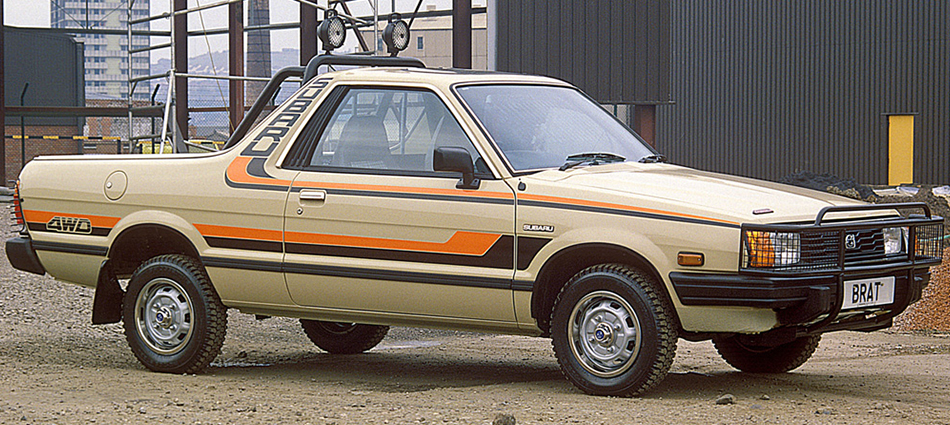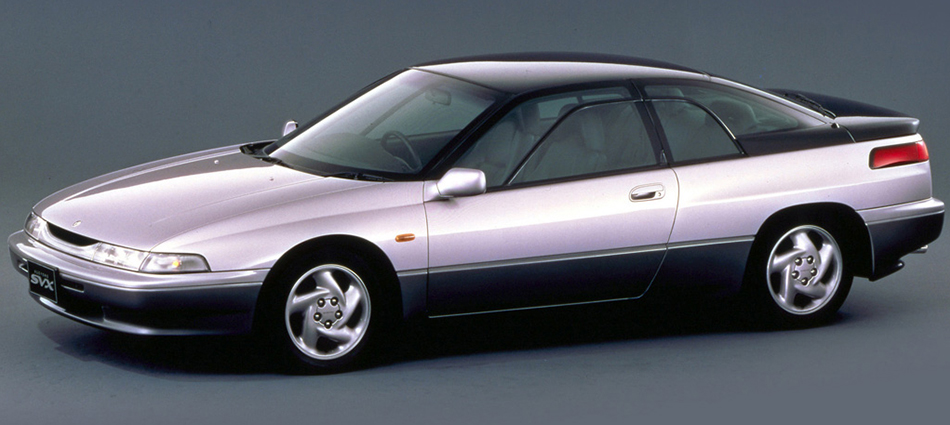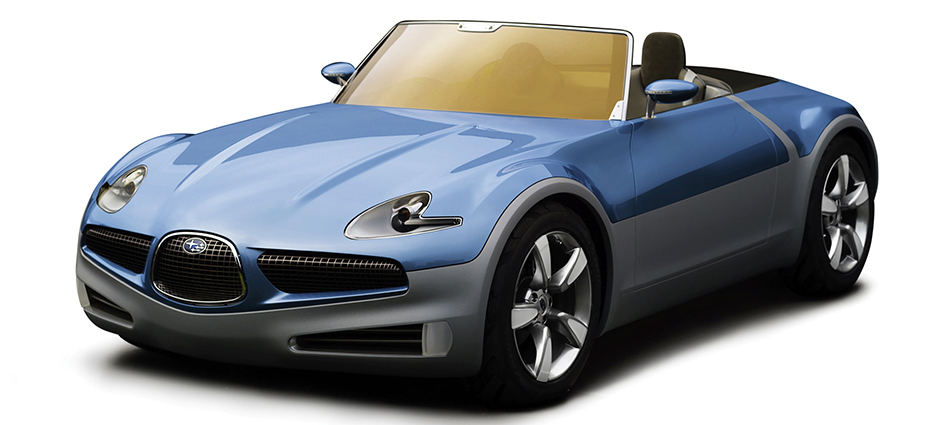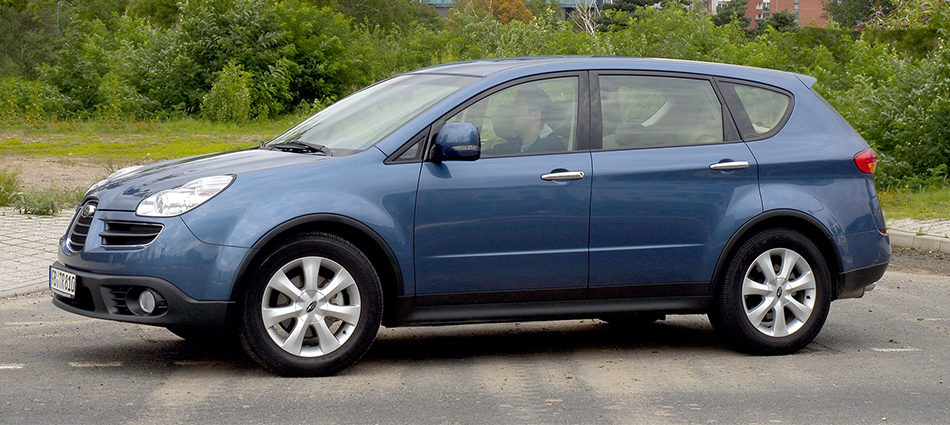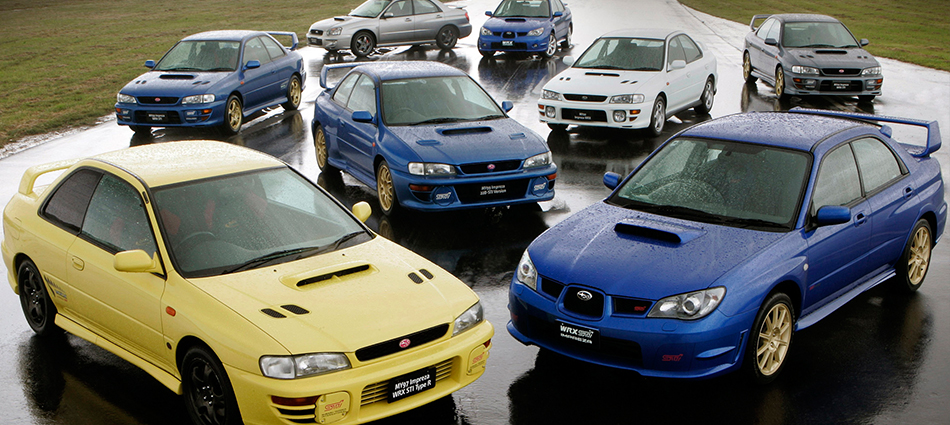The Thinker's Garage Pondering Automotive History, Design and Culture

Subaru – Substance over style
It’s difficult not to respect Subaru. In an era where cars seem to become more generic by the generation, Subaru’s steadfast adherence to its engineering principles is not only admirable, but one of the reasons behind its success. The marque’s unique DNA has earned its vehicles a reputation for safety, quality and ruggedness. Indeed, building a range using only boxer engines and all-wheel-drive (except for the BRZ) is a bold move in today’s price driven market. Sadly however, a decade or so of design misdirection and instability has also gained Subaru a relatively recent and unfortunate reputation for building ugly cars. But how much has this affected them?
Subarus have always been quirky. From the 360 to the SVX they have built innovative cars and styled them accordingly. Sometimes this went too far and alienated potential customers (Vortex/XT), other times the designs really hit their niche – the WRX is still a common fixture at track days and on mountain roads and Leones and Brumby/BRATs can still be found on farms decades after it entered production. At the turn of the millennium, Subaru’s line up consisted of the ageing first generation Impreza, the Liberty/Outback and the popular Forester. It was also around this time that General Motors purchased a 20% stake in the company. The proceeding models were a typical Subaru mixed bag: the controversial and now infamous ‘bug eye’ Impreza and the very nice 4th generation Legacy/Liberty. What happened next however was really the beginning of what are widely seen as Subaru’s design struggles.
Brumby/BRAT – still found on farms today
SVX – a prime example of the late 80s experimentation from Japan’s car industry
In 2002 Andreas Zapatinas joined the company, moving from Alfa Romeo who had been on a roll around the turn of the century. It was around this time that Subaru made moves to implement a common look across its range. The face that followed was inspired by Subaru’s aviation heritage and featured a three section grille. The early signs from the new design direction were promising: the B9 Scrambler concept car was neat, and the B11s was a valid proof of concept. But the first production models weren’t so well received. The B9 Tribeca SUV was very large and looked somewhat like an obese Alfa Romeo 147 (a project Zapatinas has worked on at Alfa), and after the launch of second generation Impreza’s second facelift, Zapatinas left Subaru, and the corporate look was quietly dropped.
B9 Scrambler
B9 Tribeca
Since this time, not helped by economic conditions, it appears the company has lost a lot of design focus. It seemed that Subaru had become obsessed with small, often tacky details rather than focusing on good overall proportions and form. Indeed many found the look of the 3rd generation Impreza and 5th generation Legacy/Liberty much less appealing then previous models, the Liberty in particular for its larger overall dimensions and taller, more America-centric shape.
A selection of Imprezas
The marque’s withdrawal from the World Rally Championship and that the first iteration of the 3rd Generation Impreza WRX was said by journalists to have gone soft also harmed Subaru’s reputation with some of their potential customers.
So then how in 2013 did Subaru sell more than 40,000 cars in Australia, a record for the brand, and more than 420,000 cars in the USA, a 26% increase on 2012? Well, they service a niche, and know their market. Excellent build quality, rugged engineering and four-wheel-drive are very useful to have in rural areas, and people out of cities know this. Cars like the Forester and XV provide a degree of off-road capability but with definite road-car manners and in a sensibly sized package, practical for dirt tracks or alpine roads. They may not be the most fashionable cars, but they’re not bland either. Subaru’s unique brand DNA – a set of values based in this case not on styling, but engineering, is helping them quietly achieve by selling cars to people who may not be the most vocal car buyers, but still need to be catered for.
by Andrew Marshall
February 15, 2014 | Filed under Opinion and tagged with Andreas, BRAT, Brumby, Impreza, Legacy, Liberty, Subaru, SVX, Zapatinas.
Tags: Andreas, BRAT, Brumby, Impreza, Legacy, Liberty, Subaru, SVX, Zapatinas
Powered by WordPress using the F8 Lite Theme
subscribe to posts or subscribe to comments
All content © 2025 by The Thinker's Garage
Log in
